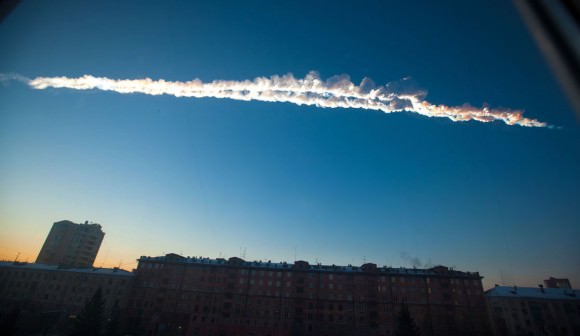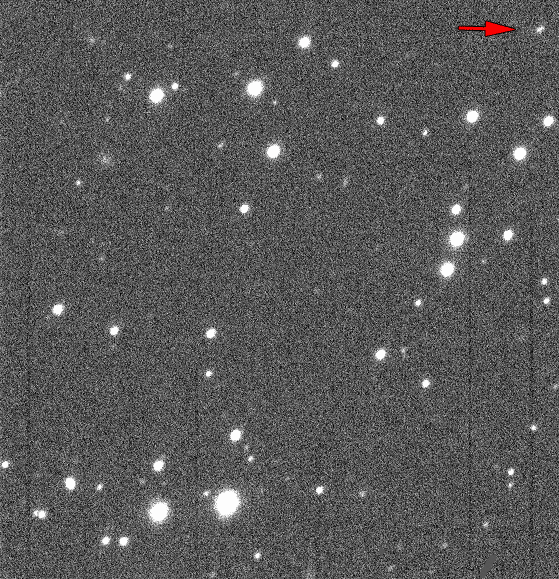That pale white dot up there? No. 10,000 in a list of near-Earth objects. This rock, 2013 MZ5, was discovered June 18. It is 1,000 feet (300 meters) across and will not come anywhere near to threatening Earth, NASA assures us.
But what else is out there? The agency still hasn’t found every asteroid or comet that could come by Earth. To be sure, however, it’s really trying. But is there more NASA and other agencies can do to search? Tell us in the comments.
A bit of history: the first of these objects was discovered in 1898, but in recent decades we’ve been more systematic about finding them. This means we’ve been picking up the pace on discoveries.
Congress asked NASA in 2005 to find and catalog 90 per cent of NEOs that are larger than 500 feet (140 meters) in size, about enough to level a city. The agency says it has also found most of the very largest NEOs, those that are at least six-tenths of a mile (1 kilometer) across (and none so far discovered are a threat.)
That’s not to say smaller pieces wouldn’t do damage. Remember that Russian meteor this year that blew out windows and caused injuries? It probably was only 50 feet (15 meters) across.

Still, NASA says once it achieves its latest goal (which it is supposed to be by 2020), “the risk of an unwarned future Earth impact will be reduced to a level of only one per cent when compared to pre-survey risk levels. This reduces the risk to human populations, because once an NEO threat is known well in advance, the object could be deflected with current space technologies.”
The major surveys for NEOs in the United States are the University of Arizona’s Catalina Sky Survey, the University of Hawaii’s Pan-STARRS survey and the Lincoln Near-Earth Asteroid Research (LINEAR) survey between the Massachusetts Institute of Technology, the Air Force and NASA. Worldwide, the current discovery rate is 1,000 per year.
In May, the European Space Agency also opened a new “NEO Coordination Centre” intended to be the one-stop shop for asteroid warnings in Europe (and worldwide, of course.) More details here.
EDIT: And NASA also recently issued an Asteroid Grand Challenge to private industry to seek solutions to find these space rocks. Check out more information here.
What more can be done to find and track threatening space rocks? Let us know below.
Credit: NASA

